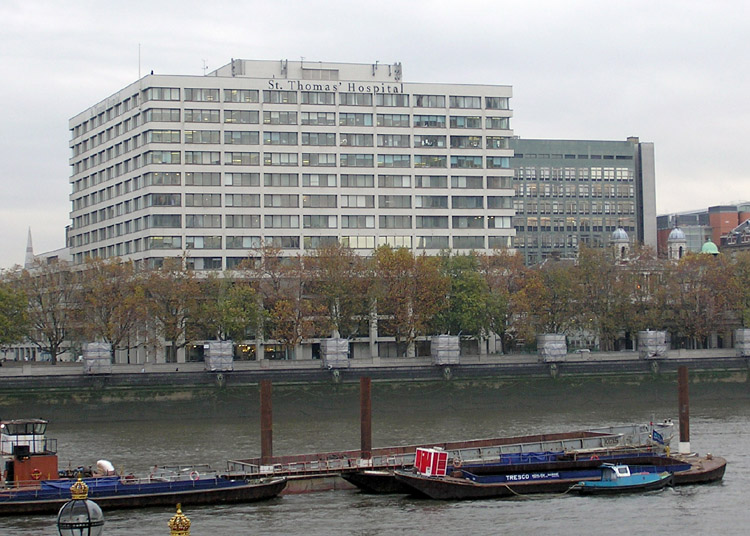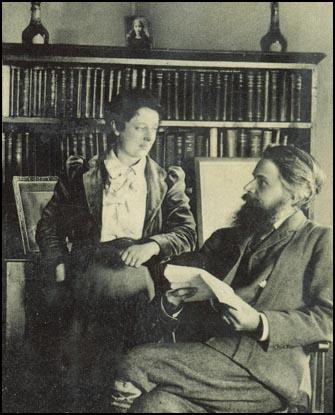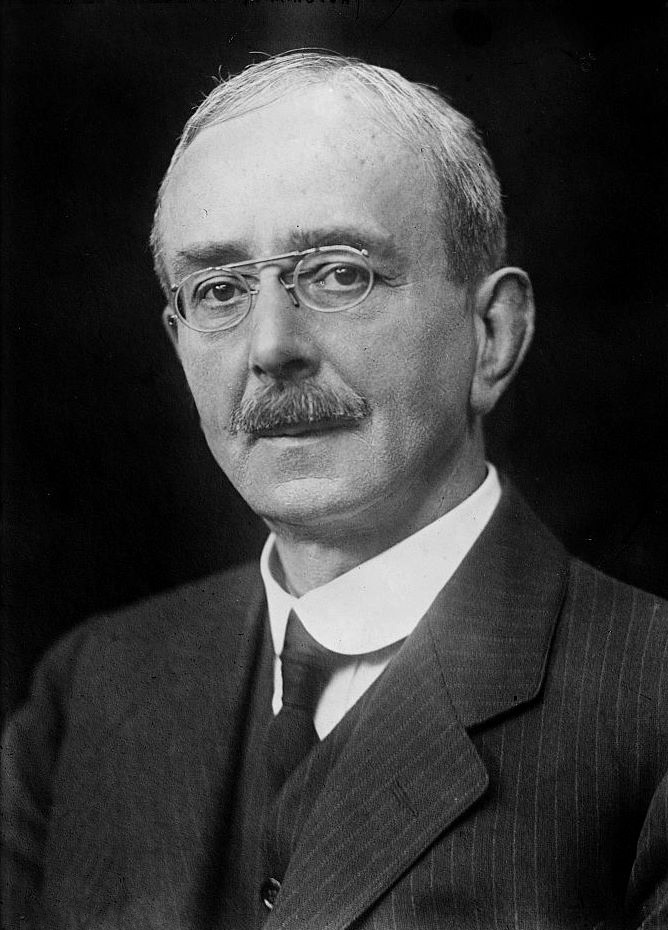|
St Thomas' Hospital Medical School
St Thomas's Hospital Medical School in London was one of the oldest and most prestigious medical schools in the UK. The school was absorbed to form part of King's College London. History It was part of one of the oldest hospitals in London, St Thomas' Hospital established in 1173 but whose roots can be traced to the establishment of St Mary Overie Priory in 1106. According to historical records ''St Thomas's Hospital Medical School'' was founded in about 1550. It was admitted as a school of the University of London in 1900 but remained a constituent part of ''St Thomas' Hospital'' until 1948 when it formally became part of the university. In 1982 it merged with the medical school at Guy's Hospital to form the United Medical and Dental Schools of Guy's and St Thomas' Hospitals. In turn UMDS was absorbed by King's College London School of Medicine and Dentistry, but the dentists have since been split out into The Dental Institute. Name Unlike the hospital which in recent time ... [...More Info...] [...Related Items...] OR: [Wikipedia] [Google] [Baidu] |
London
London is the capital and largest city of England and the United Kingdom, with a population of just under 9 million. It stands on the River Thames in south-east England at the head of a estuary down to the North Sea, and has been a major settlement for two millennia. The City of London, its ancient core and financial centre, was founded by the Romans as '' Londinium'' and retains its medieval boundaries.See also: Independent city § National capitals The City of Westminster, to the west of the City of London, has for centuries hosted the national government and parliament. Since the 19th century, the name "London" has also referred to the metropolis around this core, historically split between the counties of Middlesex, Essex, Surrey, Kent, and Hertfordshire, which largely comprises Greater London, governed by the Greater London Authority.The Greater London Authority consists of the Mayor of London and the London Assembly. The London Mayor is distinguished fr ... [...More Info...] [...Related Items...] OR: [Wikipedia] [Google] [Baidu] |
Karen Dunnell
Dame Karen Hope Dunnell, DCB, FAcSS (''née'' Williamson; born 16 June 1946) is an American-born British medical sociologist and civil servant. She was National Statistician and Chief Executive of the Office for National Statistics of the United Kingdom and head of the Government Statistical Service from 1 September 2005 until retiring on 28 August 2009. Since its inception in 2008, she was also the Chief Executive of the UK Statistics Authority. She now has a range of non-executive roles including membership of Pricewaterhouse Coopers Public Interest Body, Trustee of National Heart Forum, member of the Court of Governors, University of Westminster. Background Born Karen Hope Williamson in Los Angeles, California (USA), she moved to Britain when she was a young child and was educated at Maidstone Grammar School for Girls and Bedford College, London. Her father was a US serviceman during World War II and her mother, who was English, was a teacher. Karen Dunnell has been mar ... [...More Info...] [...Related Items...] OR: [Wikipedia] [Google] [Baidu] |
Virologist
Virology is the scientific study of biological viruses. It is a subfield of microbiology that focuses on their detection, structure, classification and evolution, their methods of infection and exploitation of host cells for reproduction, their interaction with host organism physiology and immunity, the diseases they cause, the techniques to isolate and culture them, and their use in research and therapy. The identification of the causative agent of tobacco mosaic disease (TMV) as a novel pathogen by Martinus Beijerinck (1898) is now acknowledged as being the official beginning of the field of virology as a discipline distinct from bacteriology. He realized the source was neither a bacterial nor a fungal infection, but something completely different. Beijerinck used the word "virus" to describe the mysterious agent in his 'contagium vivum fluidum' ('contagious living fluid'). Rosalind Franklin proposed the full structure of the tobacco mosaic virus in 1955. Virology began whe ... [...More Info...] [...Related Items...] OR: [Wikipedia] [Google] [Baidu] |
Max Theiler
Max Theiler (30 January 1899 – 11 August 1972) was a South African-American virologist and physician. He was awarded the Nobel Prize in Physiology or Medicine in 1951 for developing a vaccine against yellow fever in 1937, becoming the first African-born Nobel laureate. Born in Pretoria, Theiler was educated in South Africa through completion of his degree in medical school. He went to London for postgraduate work at St Thomas's Hospital Medical School, King's College London, and at the London School of Hygiene and Tropical Medicine, earning a 1922 diploma in tropical medicine and hygiene. That year, he moved to the United States to do research at the Harvard University School of Tropical Medicine. He lived and worked in that nation the rest of his life. In 1930, he moved to the Rockefeller Foundation in New York, becoming director of the Virus Laboratory. Early life and education Theiler was born in Pretoria, then the capital of the South African Republic (now South Afric ... [...More Info...] [...Related Items...] OR: [Wikipedia] [Google] [Baidu] |
Anaesthetist
Anesthesiology, anaesthesiology, or anaesthesia is the medical specialty concerned with the total perioperative care of patients before, during and after surgery. It encompasses anesthesia, intensive care medicine, critical emergency medicine, and pain medicine. A physician specialized in anesthesiology is called an anesthesiologist, anaesthesiologist, or anaesthetist, depending on the country. In some countries, the terms are synonymous, while in other countries they refer to different positions, and ''anesthetist'' is only used for non-physicians, such as nurse anesthetists. The core element of the specialty is the study and use of anesthesia to safely support a patient's vital functions through the perioperative period. Since the 19th century, anesthesiology has developed from an experimental area with non-specialist practitioners using novel, untested drugs and techniques into what is now a highly refined, safe and effective field of medicine. In some countries anesthesiol ... [...More Info...] [...Related Items...] OR: [Wikipedia] [Google] [Baidu] |
Eric Anson
Eric Anson (22 November 1892 – 5 June 1969) was New Zealand's first specialist anaesthetist. He was the first President of the New Zealand Society of Anaesthetists (NZSA) and a member of the NZ Committee of the Faculty of Anaesthetists. Early life and education Anson was born in Wellington and educated at Wangurai Collegiate School. He went to Trinity College, Cambridge, and then to St Thomas's Hospital St Thomas's Hospital Medical School now part of King's College London, from which he graduated in January 1916. Career He served in the Royal Navy in World War I, and in May 1917 was wounded in action. After the war, he worked as an anaesthetist in Birmingham before returning to New Zealand in 1922 to practise anaesthetics as a specialty – the first New Zealander qualified to do so. Between the wars Anson practised in Wellington and was a key figure in the New Zealand Branch of the British Medical Association. During World War II he served in the New Zealand Army Medical ... [...More Info...] [...Related Items...] OR: [Wikipedia] [Google] [Baidu] |
Oguntola Sapara
Chief Oguntola Odunbaku Sapara M.D. (9 June 1861 – June 1935) was a Yoruba doctor, originally from Sierra Leone, who spent most of his career and life in Nigeria. He was best known for his campaign against smallpox. Early life and education Oguntola Sapara was born in Freetown, Sierra Leone, on 9 June 1861 and named Alexander Johnson Williams. His father was a liberated slave from Ilesa in Western Nigeria, and his mother was from Egbaland. While in London, Sapara put himself at the disposal of Ida B. Wells during her second anti-lynching campaign in the UK (1894), and joined with her at the home of Mrs P. W. Clayden (wife to editor of '' The Daily News'') to mail out copies of English press coverage of Ida's tour to the US President, statesmen, churchmen and newspaper men of the US. Moving to Scotland, in 1895 Sapara obtained the LRCP and LRCS of the University of Edinburgh, the LFPS of the University of Glasgow and was elected a Fellow of the Royal Institute of Public H ... [...More Info...] [...Related Items...] OR: [Wikipedia] [Google] [Baidu] |
Havelock Ellis
Henry Havelock Ellis (2 February 1859 – 8 July 1939) was an English physician, eugenicist, writer, progressive intellectual and social reformer who studied human sexuality. He co-wrote the first medical textbook in English on homosexuality in 1897, and also published works on a variety of sexual practices and inclinations, as well as on transgender psychology. He is credited with introducing the notions of narcissism and autoeroticism, later adopted by psychoanalysis. Ellis was among the pioneering investigators of psychedelic drugs and the author of one of the first written reports to the public about an experience with mescaline, which he conducted on himself in 1896. He supported eugenics and served as one of 16 vice-presidents of the Eugenics Society from 1909 to 1912. Early life and career Ellis, son of Edward Peppen Ellis and Susannah Mary Wheatley, was born in Croydon, Surrey (now part of Greater London). He had four sisters, none of whom married. His father was a sea ... [...More Info...] [...Related Items...] OR: [Wikipedia] [Google] [Baidu] |
Charles Scott Sherrington
Sir Charles Scott Sherrington (27 November 1857 – 4 March 1952) was an eminent English neurophysiologist. His experimental research established many aspects of contemporary neuroscience, including the concept of the spinal reflex as a system involving connected neurons (the "neuron doctrine"), and the ways in which signal transmission between neurons can be potentiated or depotentiated. Sherrington himself coined the word "synapse" to define the connection between two neurons. His book ''The Integrative Action of the Nervous System'' (1906) is a synthesis of this work, in recognition of which he was awarded the Nobel Prize in Physiology or Medicine in 1932 (along with Edgar Adrian). In addition to his work in physiology, Sherrington did research in histology, bacteriology, and pathology. He was president of the Royal Society in the early 1920s. Biography Early years and education Official biographies claim Charles Scott Sherrington was born in Islington, London, England, o ... [...More Info...] [...Related Items...] OR: [Wikipedia] [Google] [Baidu] |
Beriberi
Thiamine deficiency is a medical condition of low levels of thiamine (Vitamin B1). A severe and chronic form is known as beriberi. The two main types in adults are wet beriberi and dry beriberi. Wet beriberi affects the cardiovascular system, resulting in a fast heart rate, shortness of breath, and leg swelling. Dry beriberi affects the nervous system, resulting in numbness of the hands and feet, confusion, trouble moving the legs, and pain. A form with loss of appetite and constipation may also occur. Another type, acute beriberi, found mostly in babies, presents with loss of appetite, vomiting, lactic acidosis, changes in heart rate, and enlargement of the heart. Risk factors include a diet of mostly white rice, alcoholism, dialysis, chronic diarrhea, and taking high doses of diuretics. In rare cases, it may be due to a genetic condition that results in difficulties absorbing thiamine found in food. Wernicke encephalopathy and Korsakoff syndrome are forms of dry beriberi. ... [...More Info...] [...Related Items...] OR: [Wikipedia] [Google] [Baidu] |
Takaki Kanehiro
Baron was a Japanese naval physician. Early life Born in Hyūga Province (present-day Miyazaki Prefecture) as the son of a ''samurai'' retainer to the Satsuma domain, Takaki studied Chinese medicine as a youth and served as a medic in the Boshin War. He later studied western medical science under British doctor William Willis (in Japan 1861–1881). Takaki entered the Imperial Japanese Navy as a medical officer in 1872. He was sent to Great Britain for medical studies in 1875, and interned at St Thomas's Hospital Medical School now part of King's College London in London. He returned to Japan in 1880. Work on beriberi At the time, beriberi (considered endemic to Japan) was a serious problem on warships and was affecting naval efficiency. Takaki knew that beriberi was not common among Western navies. He also noticed that Japanese naval officers, whose diet consisted of various types of vegetables and meat, rarely suffered from beriberi. On the other hand, the disease was commo ... [...More Info...] [...Related Items...] OR: [Wikipedia] [Google] [Baidu] |
Herbert Barrie
Herbert Barrie (9 October 1927 – 20 March 2017), was a British consultant paediatrician and a leading figure in neonatology. He was a pioneer in the emerging specialty of paediatrics and neonatal medicine; and he developed one of the first neonatal intensive care units in London. In 1959 he was appointed as a senior registrar :''This article primarily explains the Senior Registrar doctor grade within the United Kingdom until 1996'' A Senior Registrar was a grade of doctor in the United Kingdom or Ireland before being superseded during reforms in the 1990s. The senior ..., then five years later as a senior lecturer, at St Thomas’ Hospital in London. It was here that he developed a profound interest in the care of premature infants. This was a time of rapid medical advances, particularly in respiratory support, that were at last making the survival of premature newborn babies a reality. Barrie pioneered advances in resuscitation of the newborn, publishing his seminal p ... [...More Info...] [...Related Items...] OR: [Wikipedia] [Google] [Baidu] |







